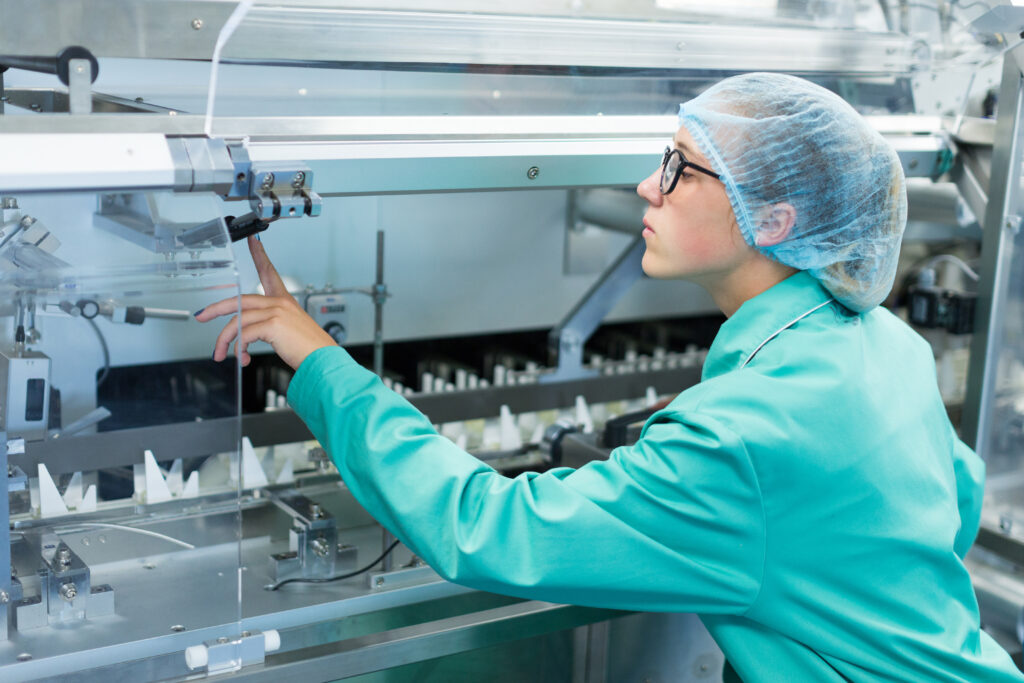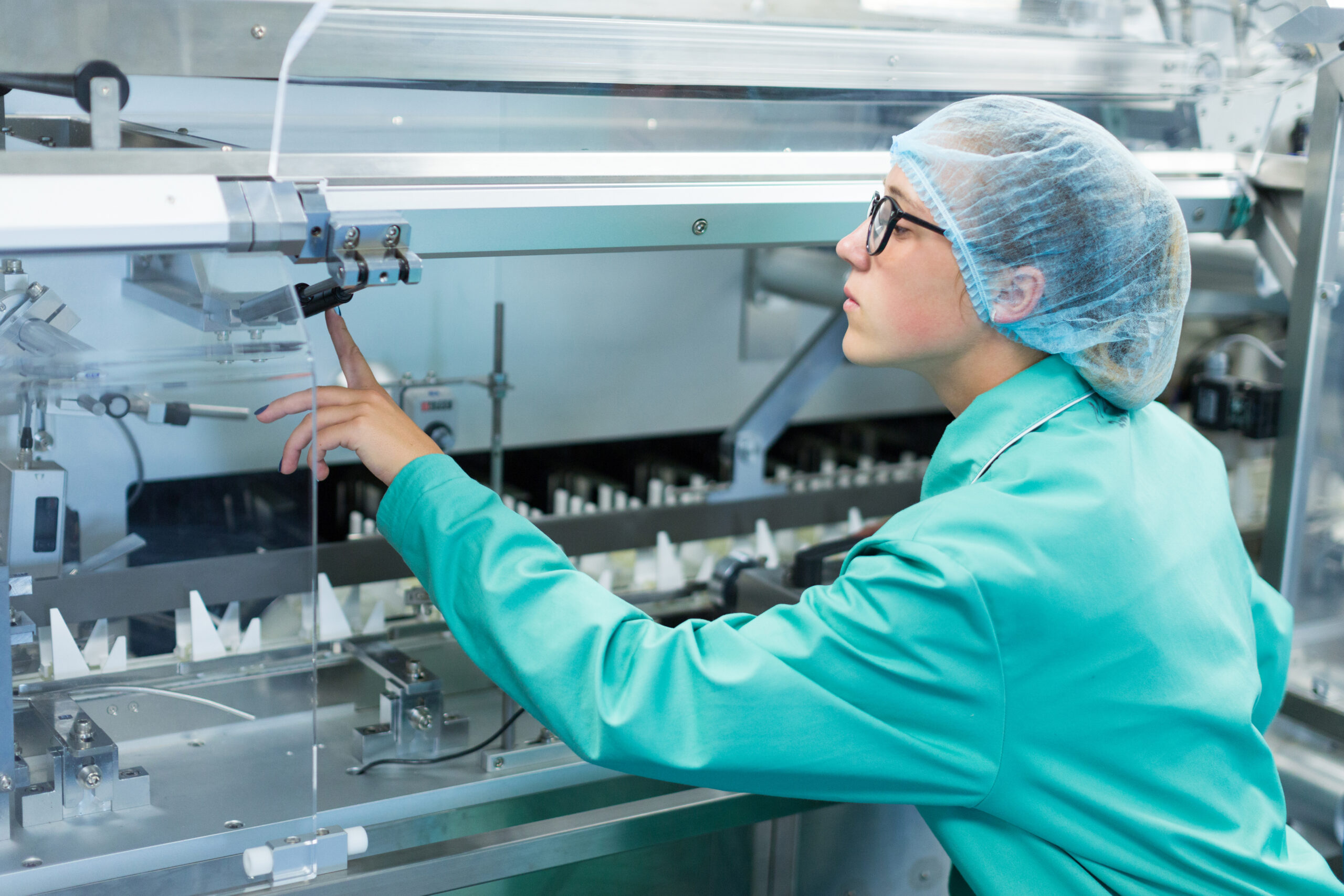Plastic injection molding is a widely used manufacturing process that transforms raw plastic into intricate shapes and designs. At the heart of this process lies the plastic injection molding machine, which relies heavily on precise temperature control to ensure optimal results. In this article, we’ll explore the critical role temperature plays in the injection molding process and how it can impact product quality, efficiency, and overall production success.

Understanding Plastic Injection Molding Machines
A plastic injection molding machine operates by heating plastic pellets until they melt into a viscous liquid. This molten plastic is then injected into a mold, where it cools and solidifies into the desired shape. The machine comprises several key components, including:
- Hopper: Holds the raw plastic pellets.
- Injection unit: Melts and injects the plastic.
- Mold: The cavity that shapes the plastic.
- Clamping unit: Holds the mold closed during injection.
Each of these components must work in harmony, with temperature control being a vital factor throughout the process.
Importance of Temperature Control
Temperature control is crucial in several stages of the injection molding process. It affects the material properties of the plastic, the flow characteristics of the molten resin, and the cooling rate once injected. Here are the primary reasons why temperature control is essential:
1. Material Processing
Different plastics have unique processing temperatures. Temperature control ensures that the material is heated to its specific melting point. If the temperature is too low, the plastic won’t melt properly, leading to incomplete filling of the mold. Conversely, excessive heat can degrade the material, resulting in poor-quality parts.
2. Melt Flow Consistency
The flow of molten plastic into the mold must be consistent for uniform part production. Proper temperature regulation affects the viscosity of the plastic:
- Lower temperatures increase viscosity, causing slow flow.
- Higher temperatures decrease viscosity, allowing for faster flow.
Finding the right balance is crucial for preventing defects such as short shots or warping.
3. Cycle Time Reduction
Efficient temperature control can significantly impact the cycle time of the injection molding process. Rapid heating and cooling of the mold facilitate quicker cycles. A well-regulated system minimizes the time required for the plastic to cool sufficiently before the mold opens, allowing for faster production rates and improved overall efficiency.
4. Part Quality
The temperature of both the melt and the mold directly influences the quality of the final product. Consistent temperature control leads to:
- Improved surface finish: Uniform cooling prevents warping and surface defects.
- Enhanced dimensional accuracy: Proper cooling rates ensure that the molded part retains its shape without deformation.
Inconsistent temperature can lead to defects, impacting the product’s functionality and aesthetic appeal.
Key Components of Temperature Control in Injection Molding
Temperature control systems in plastic injection molding machines involve several key components designed to maintain precise thermal conditions. Here are the main elements:
1. Heaters
Electric or infrared heaters are commonly used to raise the temperature of the barrel and the injection unit. Temperature sensors monitor the current temperature, ensuring the heaters adjust as needed to maintain the desired levels.
2. Cooling Systems
Cooling systems, often utilizing water or air, are critical for maintaining mold temperature. Chillers or cooling towers can be integrated into the molding machine to efficiently lower the mold temperature and ensure a consistent cooling rate.
3. Temperature Control Units (TCUs)
TCUs are sophisticated systems that monitor and regulate the temperature of the melt and mold. They allow for real-time adjustments based on feedback from temperature sensors, ensuring optimal conditions throughout the injection cycle.
Best Practices for Effective Temperature Control
To maximize the efficiency of temperature control in your plastic injection molding machine, consider the following best practices:
1. Regular Maintenance
Conduct regular maintenance on heating and cooling systems to ensure they function correctly. Routine checks on temperature sensors and heaters can prevent unexpected failures.
2. Calibration
Periodically calibrate your temperature control units to ensure they provide accurate readings. Accurate temperature measurement is vital for consistent processing and product quality.
3. Material-Specific Settings
Different plastics require specific temperature settings. Adjust your machine’s parameters based on the material being processed to achieve optimal results.
4. Monitor Environmental Conditions
Environmental factors such as ambient temperature and humidity can influence the performance of the molding process. Keep the production area well-regulated to avoid fluctuations that could impact temperature control.
5. Data Logging
Implement data logging systems to monitor temperature profiles throughout the injection molding process. Analyzing this data can help identify trends and areas for improvement.
Conclusion
Temperature control is a fundamental aspect of the operation of plastic injection molding machines. It significantly impacts material processing, melt flow consistency, cycle times, and product quality. By implementing effective temperature management practices, manufacturers can optimize their injection molding processes, reduce defects, and enhance overall productivity. Investing in advanced temperature control systems and regular maintenance will not only improve the efficiency of your operations but also elevate the quality of your products, ensuring success in the competitive landscape of plastic manufacturing. read more..





Leave a comment
Your email address will not be published. Required fields are marked *